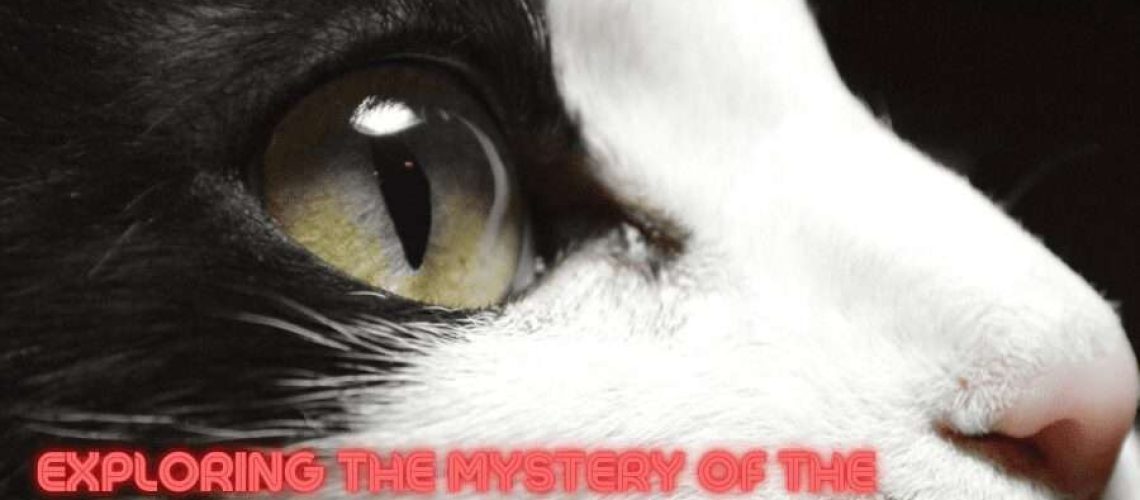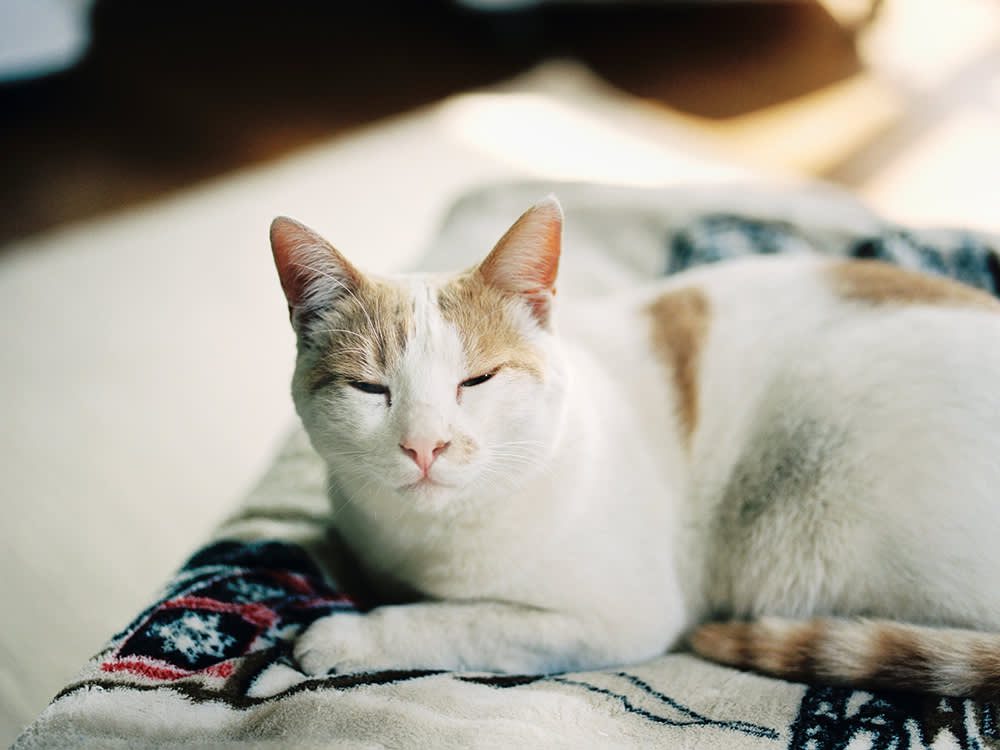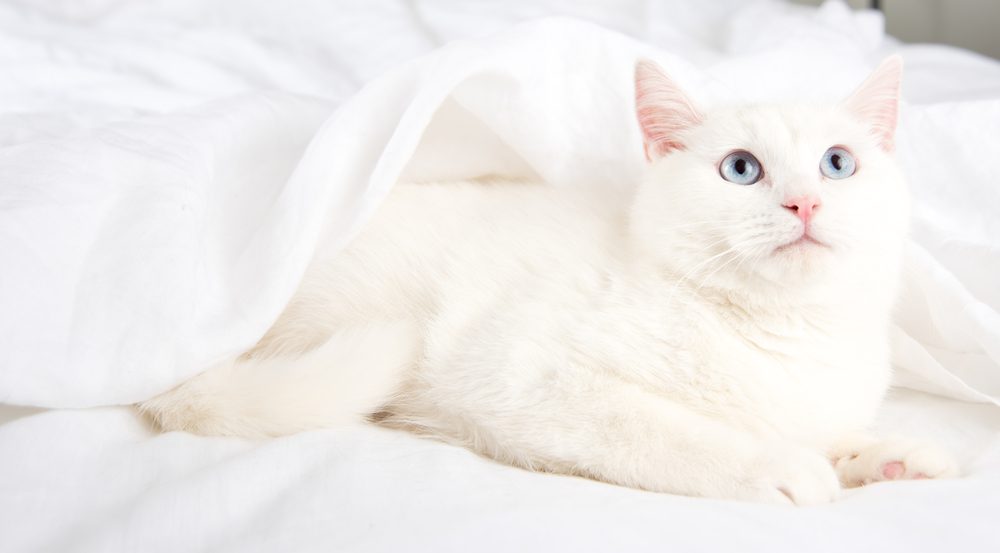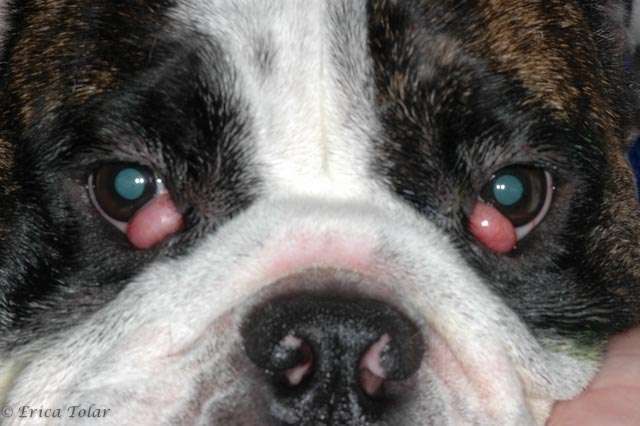Have you ever noticed a peculiar little membrane in the corner of your cat's eye? It's called the third eyelid, and it holds a fascinating secret that can unlock a deeper understanding of our feline friends. Exploring the mystery of cats' third eyelid not only satisfies our curiosity but also provides valuable insights into their health and behavior. By unraveling this enigma, we gain a unique perspective on these mysterious creatures, allowing us to better care for them and deepen our bond. So, let's embark on this intriguing journey together and uncover the hidden wonders behind those captivating feline eyes!
Key Takeaways:
- The third eyelid in cats, also known as the haw or nictitating membrane, serves multiple purposes.
- It helps protect the cat's eyes from debris and potential injuries.
- The third eyelid also plays a role in tear production and distribution, helping to keep the eyes lubricated.
- In some cases, the appearance of the third eyelid can indicate underlying health issues such as eye infections or diseases.
- If a cat's third eyelid is consistently visible or there are any abnormalities, it is important to consult a veterinarian for proper diagnosis and treatment.
Understanding a Cat's Third Eyelid: Its Purpose and Protection
The Function of a Cat's Third Eyelid
A cat's third eyelid, also known as the nictitating membrane, serves several important purposes. One of its primary functions is to protect the eye from injury and keep it moist. The third eyelid moves across the eye horizontally, covering it partially or completely when needed. This helps shield the delicate cornea from dust, debris, and potential harm.
In addition to protection, the third eyelid also plays a role in distributing tears over the surface of the eye. Tears contain essential nutrients and help keep the eye lubricated, preventing dryness. The movement of the third eyelid helps ensure that tears are evenly spread across the eye, maintaining optimal moisture levels.
The Structure of a Cat's Third Eyelid
A cat's third eyelid is made up of thin connective tissue covered by a transparent membrane. It is located in the inner corner of each eye, closer to the nose than the other two eyelids. When fully extended, it can cover a significant portion of the eye's surface.
The third eyelid contains blood vessels that supply nutrients and oxygen to the structures within it. It also houses specialized cells called goblet cells that produce mucus. This mucus helps trap foreign particles and prevents them from reaching and irritating the surface of the eye.
Discovering the Appearance of a Cat's Third Eyelid
What Does a Cat's Third Eyelid Look Like?
The appearance of a cat's third eyelid can vary depending on its position and level of extension. When relaxed or at rest, it may not be visible at all. However, if your cat is sick, sleepy, or experiencing certain emotions, the third eyelid may become more prominent.
When partially extended, the third eyelid appears as a thin, translucent membrane that covers part of the eye. It can give the impression of a hazy film over the eyeball. In some cases, it may cover the entire eye when fully extended, indicating a potential health issue that requires veterinary attention.
Why Does a Cat's Third Eyelid Appear More Prominent?
If you notice your cat's third eyelid appearing more noticeable than usual, it could be a sign of illness or discomfort. This phenomenon often occurs when cats are unwell or experiencing pain. Common causes for an unusually prominent third eyelid include respiratory infections, gastrointestinal issues, and ocular problems.
If you observe this change in your cat's eyes along with other concerning symptoms such as lethargy or loss of appetite, it is crucial to consult a veterinarian for proper diagnosis and treatment.
Do All Cats Have a Third Eyelid? When Does it Develop?
Understanding the Function of a Cat's Third Eyelid
The third eyelid, also known as the nictitating membrane, is a thin layer of tissue that sits in the inner corner of a cat's eye. Contrary to popular belief, not all cats have a visible third eyelid. In fact, most domestic cats only have a partially developed or vestigial third eyelid that is not easily noticeable. However, certain breeds, such as Siamese and Burmese cats, tend to have more prominent third eyelids.
Development of the Third Eyelid
A cat's third eyelid starts developing when they are still kittens. It begins to form around two weeks after birth and becomes fully developed by six to eight weeks of age. During this time, the third eyelid gradually grows and gains its characteristic transparency. By the time a kitten reaches adulthood, their third eyelid should be fully functional.
It's important to note that the presence or absence of a visible third eyelid does not indicate any health issues in cats. While some cats may have more pronounced third eyelids due to genetics or breed characteristics, others may simply have less visible ones.
The "Haw": Exploring the Alternate Name for a Cat's Third Eyelid
The Origin and Meaning Behind "Haw"
You may have heard the term "haw" being used to refer to a cat's third eyelid. This name originates from Old English and refers specifically to the nictitating membrane in animals like cats and dogs. The word "haw" comes from an ancient root meaning "to see."
While not commonly used in everyday conversation, "haw" is often employed by veterinarians and animal enthusiasts to describe the third eyelid. It adds a touch of familiarity and understanding among those who are familiar with this unique feature of feline anatomy.
Why Use "Haw" Instead of "Third Eyelid"?
Using the term "haw" instead of "third eyelid" can help create a sense of connection and empathy with our feline friends. By using a more colloquial term, we acknowledge the presence of this special membrane as an integral part of a cat's eye structure. It also allows us to appreciate the intricate design and functionality that nature has bestowed upon these fascinating creatures.
Common Health Issues Related to a Cat's Third Eyelid
Conjunctivitis: A Common Affliction
One of the most common health issues related to a cat's third eyelid is conjunctivitis, also known as pink eye. Conjunctivitis occurs when the conjunctiva, the thin tissue lining the inner surface of the eyelids, becomes inflamed or infected. This condition can cause redness, swelling, discharge, and discomfort in cats.
Treatment and Prevention
To treat conjunctivitis, it is essential to consult a veterinarian who can prescribe appropriate medication such as antibiotic eye drops or ointments. Additionally, keeping your cat's living environment clean and free from irritants can help prevent conjunctivitis. Regularly wiping their eyes with a damp cloth and ensuring they have proper nutrition can also contribute to maintaining healthy eyes.
Cherry Eye: An Uncommon but Noticeable Condition
Another health issue related to a cat's third eyelid is cherry eye. This condition occurs when the gland within the third eyelid prolapses or protrudes outward, resembling a small red mass in the corner of the eye. While cherry eye is more commonly seen in certain dog breeds, it can occasionally affect cats as well.
Treatment Options for Cherry Eye
If your cat develops cherry eye, it is crucial to seek veterinary attention promptly. In some cases, the veterinarian may recommend surgical intervention to reposition or remove the affected gland. Early detection and treatment can help prevent complications and ensure your cat's overall eye health.
Caring for Your Cat's Third Eyelid: Tips for a Healthy Feline Friend
Regular Eye Examinations
To ensure your cat's third eyelid remains healthy, it is essential to schedule regular eye examinations with a veterinarian. These examinations can help detect any potential issues early on and allow for prompt treatment.
Proper Hygiene and Cleaning
Maintaining good hygiene around your cat's eyes is crucial for preventing infections and irritations. Gently wiping their eyes with a clean, damp cloth can help remove any debris or discharge that may accumulate. However, be careful not to apply excessive pressure or use harsh chemicals that could harm their delicate eye tissues.
Providing a Balanced Diet
A well-balanced diet plays a vital role in maintaining your cat's overall health, including their eyes. Ensure they receive proper nutrition by feeding them high-quality commercial cat food that meets their specific dietary needs. Consult with your veterinarian to determine the best diet plan for your feline friend.
By following these simple tips and providing regular care, you can help keep your cat's third eyelid healthy and contribute to their overall well-being. Remember, a happy and healthy cat means a happier life together!
In conclusion, cats have a third eyelid called the haw that helps protect their eyes. This mysterious feature helps keep their eyes moist and clean, allowing them to see clearly and stay healthy.
What does it mean when a cat's third eyelid is showing?
The main reason for a third eyelid prolapse in both eyes, known as Haws syndrome, is typically due to gastrointestinal issues in cats, such as intestinal worms, parasites, food intolerance, or a viral/bacterial infection in the digestive system.
What is the white film in the corner of my cat's eye?
Cats possess a third eyelid, called the nictitating membrane, located on the inner corner of their eyes. This additional eyelid may extend outward in reaction to pain or infection, forming a translucent or cloudy layer that glides across the eyeball.
Is the third eyelid on a cat healthy?
When a cat is very relaxed, its third eyelid may become momentarily visible, which is completely normal. However, if you notice that your cat's third eyelid is visible while it is awake and alert, there may be an underlying medical issue causing this behavior, and it is important to consult with a veterinarian you trust as soon as possible.
Can humans use their third eyelid?
That small pink structure in the corner of your eye is actually a leftover of a third eyelid. In humans, it is considered vestigial, meaning it no longer serves its original function. The human body contains other vestigial structures that have been passed down from our ancestors.
Can stress cause a cat's third eyelid to show?
The appearance of a cat's third eyelid can be attributed to stress, fatigue, and poor health.
How often should my cats third eyelids show?
It is common for a portion of the third eyelid to be visible when a cat is extremely relaxed or tired. You might observe the raised third eyelid while your cat is sleeping or right after waking up. The third eyelid should retract as soon as the cat is fully awake.

















